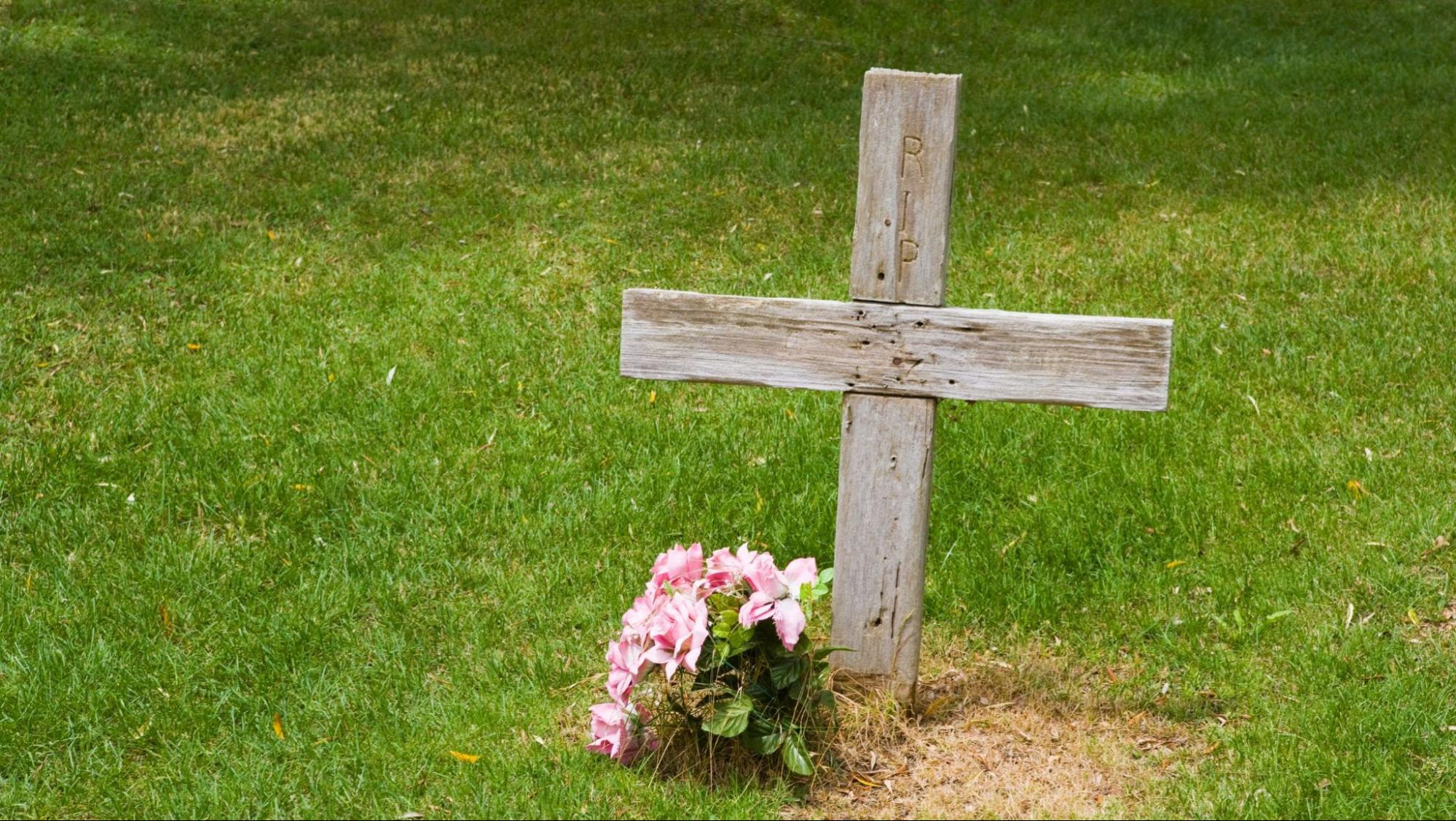
School shootings have become a tragic reality, leaving families devastated and communities searching for answers. These horrific incidents raise difficult legal and moral questions about accountability. Can schools be held responsible for wrongful deaths when they fail to prevent violence? Understanding the legal landscape surrounding school liability is essential for those seeking justice.
Schools have a duty to provide a safe environment for students and staff. When security measures are inadequate, or warning signs are ignored, victims’ families may have grounds for a wrongful death lawsuit. Holding institutions accountable is complex and involves proving negligence, security failures, or policy shortcomings. Legal action can drive change, compelling schools to implement stronger safety measures and prevent future tragedies.
Schools as Gatekeepers of Safety: Where Responsibility Begins
Educational institutions are expected to create a safe and secure learning environment, yet many schools struggle to implement sufficient safety protocols. From outdated security measures to a lack of mental health resources, gaps in preparedness can leave students vulnerable to violent attacks. The question remains: where does school responsibility begin and end in preventing these tragedies?
School administrators are expected to evaluate security risks and establish policies that enhance safety. Implementing security personnel, controlled entry points, and active shooter drills can be part of a broader approach to risk management. However, some schools have inconsistent enforcement of safety procedures, leaving students at risk. Examining whether a school took reasonable steps to prevent harm is crucial when determining accountability in wrongful death cases.
Patterns of Negligence: When Schools Ignore Warning Signs
School shootings are often preceded by warning signs that, if addressed properly, could prevent tragedy. Understanding the patterns of negligence that contribute to these failures is essential for improving school safety.
Key Ways Schools Neglect Warning Signs:
- Ignoring Social Media Threats – Students may post alarming messages or threats online, but without proper monitoring, these warnings go unnoticed.
- Overlooking Student Reports – When classmates report concerning behavior, failure to take their concerns seriously can lead to missed opportunities for intervention.
- Failure to Conduct Risk Assessments – Schools may lack structured procedures for evaluating potential threats, leaving them ill-prepared to respond effectively.
- Lack of Communication Between Faculty and Law Enforcement – Critical information about at-risk students is sometimes not shared with police or security teams, delaying necessary action.
- Fear of Liability – Some schools hesitate to take decisive action due to concerns over legal repercussions or negative publicity.
- Limited Resources for Threat Response – Budget constraints may prevent schools from hiring security personnel, counselors, or threat assessment professionals.
- Breakdown in Communication with Parents – Parents may remain unaware of behavioral concerns if schools fail to inform them of troubling incidents.
- Downplaying Behavioral Issues – Schools may treat serious warning signs as minor disciplinary issues, allowing dangerous situations to escalate.
Security Measures That Failed: Are Schools Equipped for Threats?
Despite the growing number of school shootings, some institutions still lack fundamental security measures, such as controlled access points, surveillance, and armed resource officers. In some cases, schools have installed security systems that prove ineffective in preventing or minimizing damage during an attack.

Schools must evaluate their existing security protocols and determine whether they are sufficient to handle modern threats. Some schools have invested in metal detectors, anonymous tip lines, and student mental health programs, while others have struggled to secure funding for essential safety upgrades. When a shooting occurs, the effectiveness of existing safety measures is examined to assess whether negligence played a role in the outcome.
Overcoming Legal Immunity: The Challenge of Holding Schools Accountable
One of the biggest obstacles families face when filing wrongful death claims against schools is governmental immunity. Public schools are often protected from lawsuits unless gross negligence or willful misconduct can be proven. This makes legal action difficult but not impossible.
Parents and legal teams must demonstrate that school officials ignored serious risks, failed to implement safety policies, or made decisions that led to preventable harm. Some cases highlight instances where students repeatedly reported violent threats, yet no action was taken. Overcoming legal immunity often involves proving a pattern of negligence that directly contributed to the shooting.
The Role of Litigation in Changing School Safety Policies
Wrongful death lawsuits are not just about seeking compensation—they serve as a driving force for systemic change. High-profile legal battles have led to reforms in school security policies, emergency response plans, and mental health resources for at-risk students.
Increased awareness resulting from lawsuits has prompted some schools to revise security protocols and provide additional training for staff and students. While litigation is often a last resort for grieving families, the potential to impact policies and prevent future incidents makes legal action a powerful tool for change. Schools that face litigation are more likely to prioritize comprehensive safety measures to avoid similar tragedies in the future.
Seeking Justice: The Emotional and Legal Toll on Families
For families who have lost a loved one in a school shooting, the legal process can be emotionally exhausting. Beyond navigating grief, they must endure lengthy court proceedings, aggressive defense tactics from school districts, and bureaucratic delays. However, many families see legal action as a necessary step toward accountability and healing.

Pursuing a wrongful death lawsuit provides families with a platform to demand justice and advocate for safer schools. Consulting experienced legal professionals, such as the wrongful death attorneys at Hill Law Firm, can help families navigate the complexities of these cases and ensure their voices are heard. The process is not just about financial compensation; it is about holding institutions accountable for their role in these tragedies. Some families have turned their pain into advocacy, pushing for legislative changes that improve school safety and ensure that no other parent has to experience the same heartbreak.
A Future Without Fear: The Push for Real Change
Preventing school shootings requires a collective effort from educators, law enforcement, parents, and policymakers. Schools must take proactive steps to implement effective security measures, provide mental health support, and foster a culture where threats are taken seriously.
A commitment to transparency and accountability is necessary to create an environment where students feel protected. Ongoing evaluations of safety policies, training for staff, and access to mental health support are crucial in building a system that can effectively respond to potential threats. The pursuit of justice for wrongful deaths in school shootings is not just about looking back at failures—it is about ensuring a safer future for every student.



